It appears that one of the best/top/most advanced features of the iPhone 13 Pro has a significant drawback. This feature is the “Cinematic Mode” (=portrait mode for videos) and its resolution and FPS limitations make it already obsolete and less relevant to content creators.
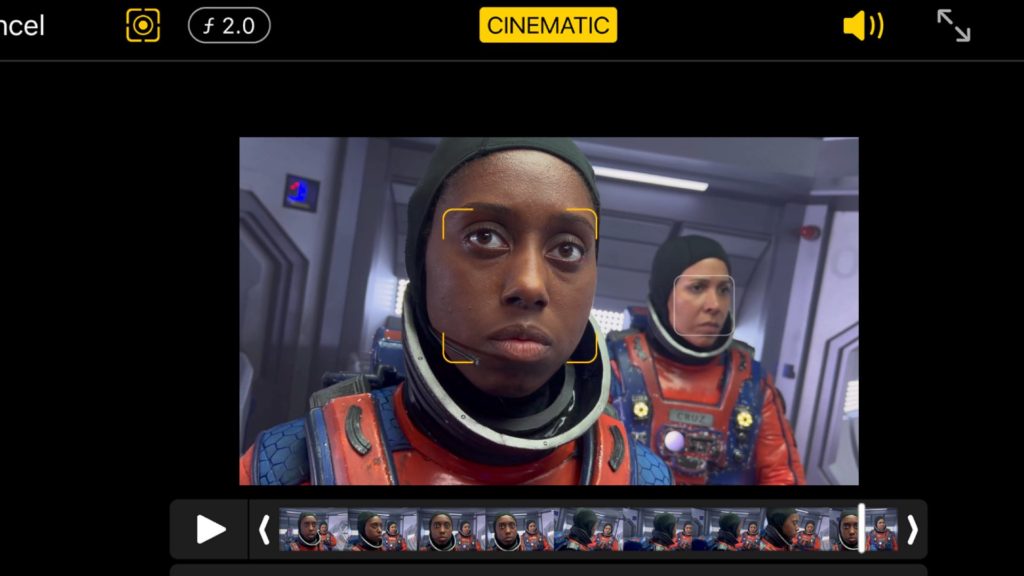
The ‘Cinematic Mode’
The ‘Cinematic Mode’ is a new feature by Apple dedicated to its new mobile flagship. This very unique function lets the iPhone 13 Pro shoot video with a shallow depth of field and automatically add focus transitions between subjects. The cinematic Mode can also anticipate when a prominent new subject is about to enter the frame and bring them into focus when they do. The user has the option to change focus or adjust the level of bokeh even after capture. We wrote an article that shows top cinematographers and directors demonstrate this feature in a high-end production (Read: Acclaimed Cinematographer: “The iPhone 13 Pro is a professional filmmaking tool”. Is it?). Apple defines it as “Hollywood in your hand”. However, there’s a huge drawback that transforms this sophisticated feature to an obsolete – or should I say, not so relevant to modern content creators, and even junior filmmakers.
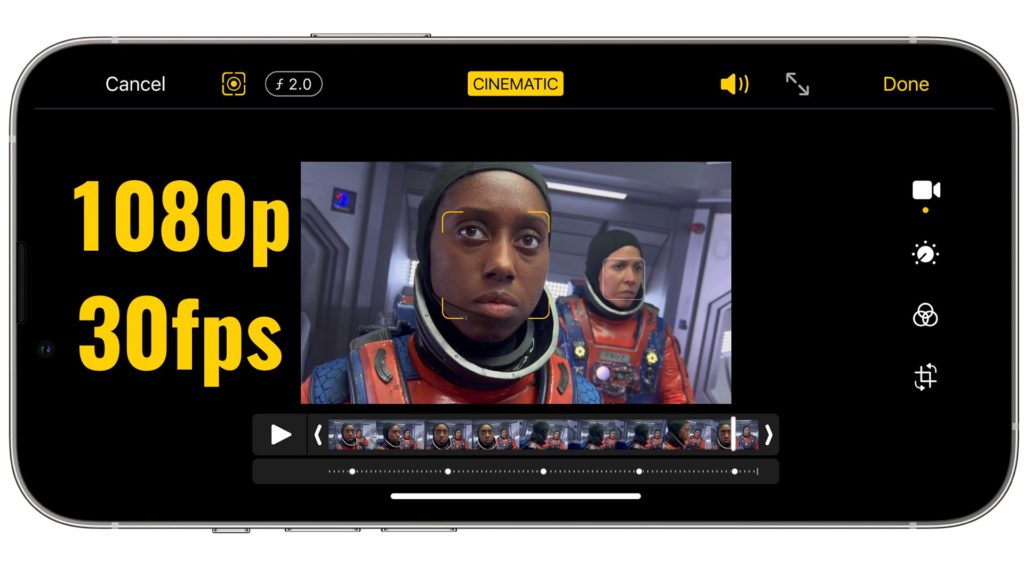
Limited to 1080p at 30fps
It appears that this “Hollywood” and “Professional” feature is limited to 1080p and 30fps (frames per second). That’s bad news for filmmakers and professional content creators, since that 4K is the standard now, and 1080p resolution is considered obsolete. The iPhone 13 Pro is capable of shooting in a much higher resolution, but the activation of ‘Cinematic Mode’ is locked to full HD. Moreover, 30 frames per second are not the desirable fps for filmmakers, since the standard is 24 fps which grants the cinematic look derived from motion blur. Thus, these parameters are not relevant to create cinematic content.
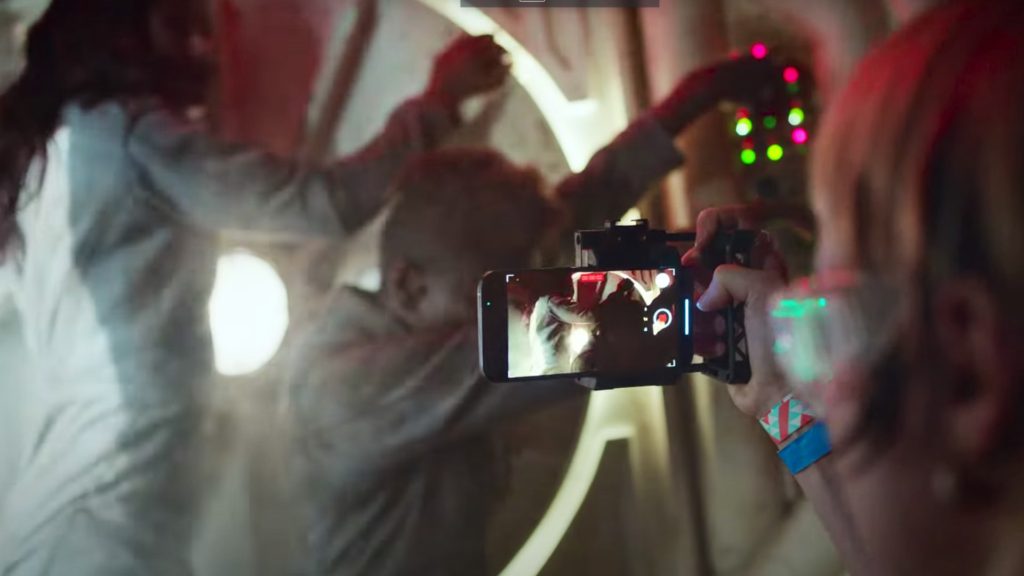
A development limitation?
According to Apple, the Cinematic mode knows the precise distance to the people, places, and pets in a scene. And because this is video, it needed that depth data continuously — at 30 frames per second. “We also trained the Neural Engine to work as the experts. It makes on-the-fly decisions about what should be in focus, and it applies smooth focus transitions when that changes. If you want creative control, you can always hop in the director’s chair and rack focus manually, either when you shoot or in the edit. The sheer computational power needed to run the machine learning algorithms, render autofocus changes, support manual focus changes, and grade each frame in Dolby Vision — all in real-time — is astounding” Apple states. Apple also emphasizes that “The Cinematic Mode so computationally intense, we needed a chip that could handle the workload. Enter A15 Bionic”. However, it’s mentioned in the specs that this mode is limited to 1080p at 30 fps, which is quite interesting. Why not, for instance, allow this mode to be a real ‘cinematic’ by making it works at 24 fps? It’s a good question.
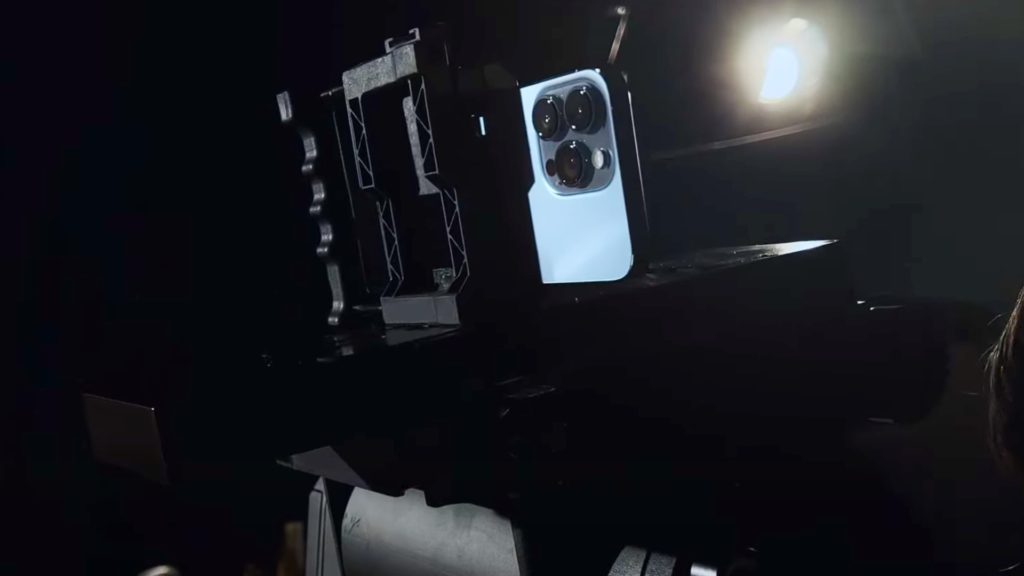
Closing thoughts
The ‘Cinematic Mode’ should be activated when shooting 24 fps, and allow filming at higher resolution as well. Hoping that it’ll be fixed in the next firmware update. Till then, the ‘Cinematic Mode’ is not so cinematic. Do you think differently? Comment below.


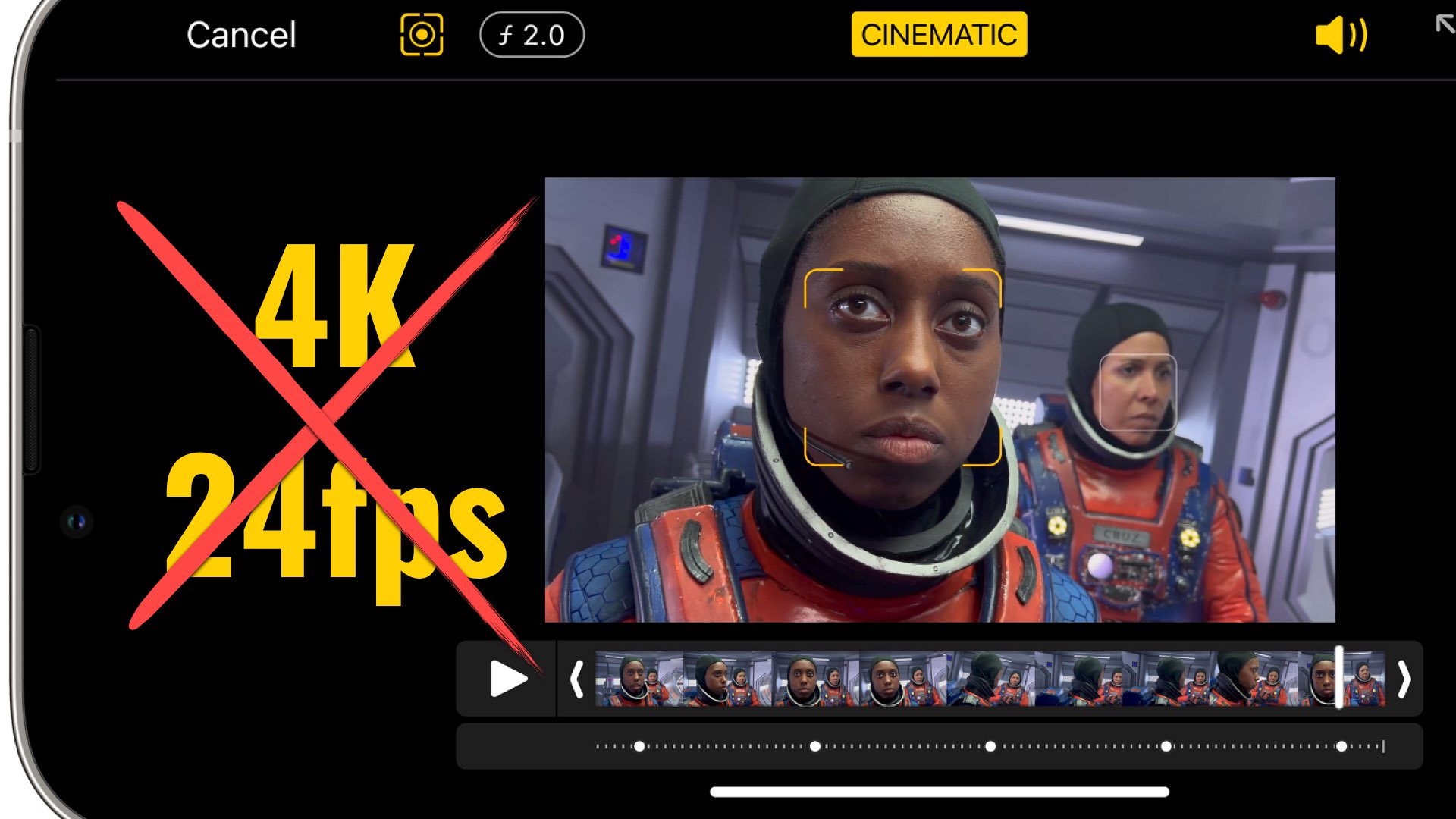
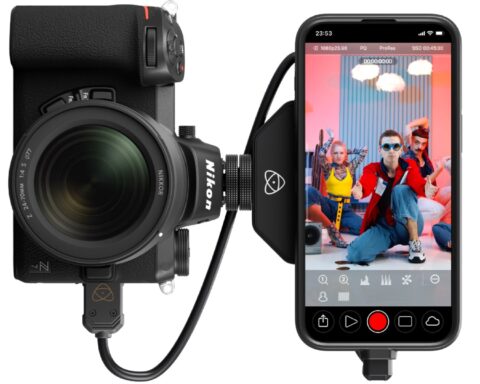
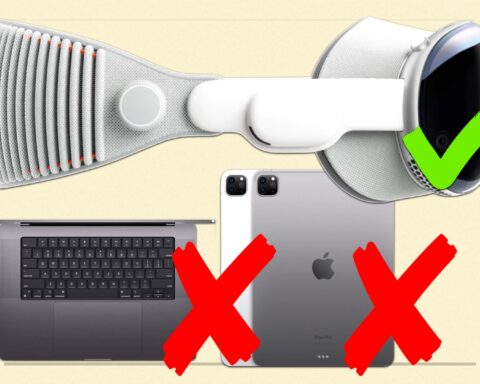





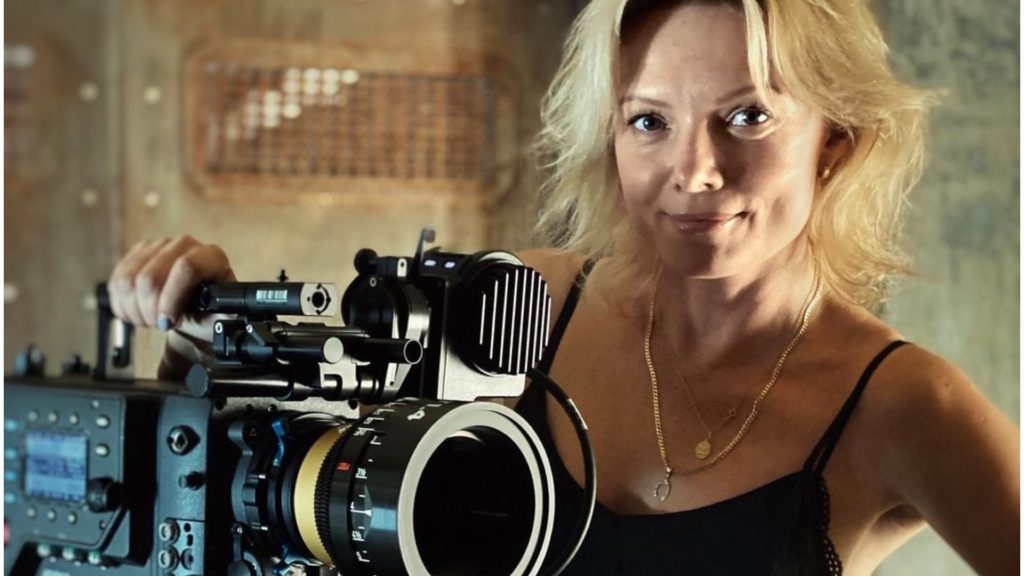
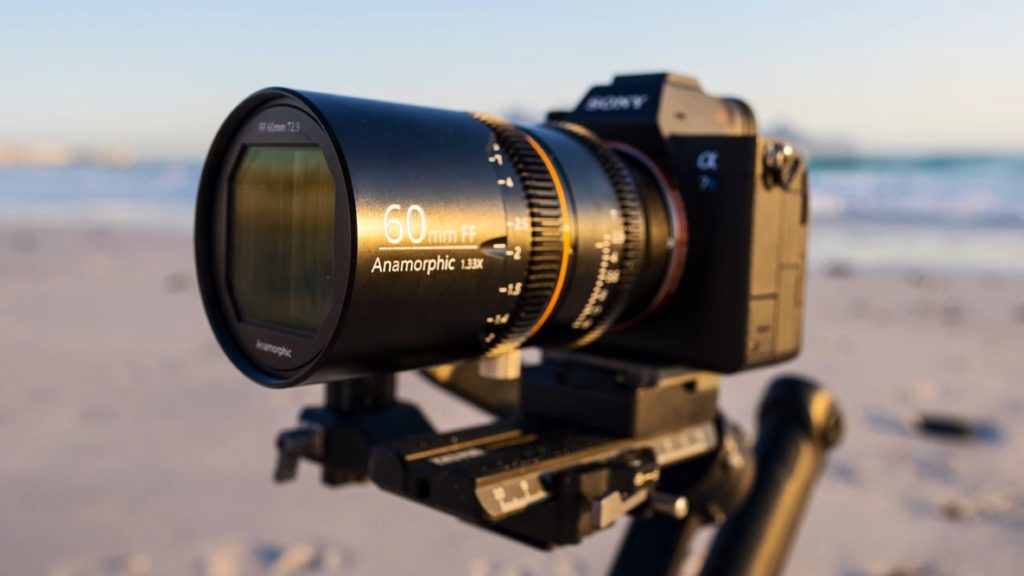
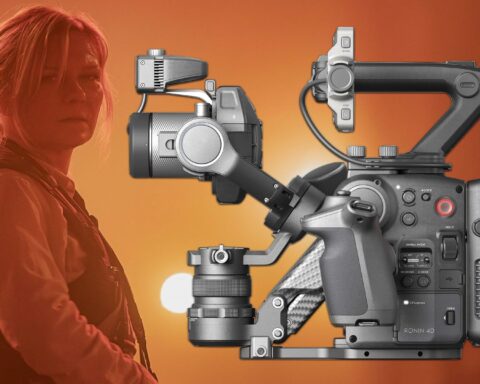




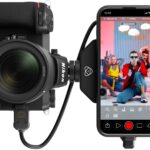

I always enjoy and respect your reviews (you are one of the only review sites I trust) but an iPhone as a real cinematic tool? Sure, for people who want to play and even learn filmmaking it’s amazing. But as an actual camera to do anything substantial? If the movies are only viewed on a phone they look pretty good. As soon as you look at the image on even a 27” iMac, not to mention a 55”+ tv, the image falls apart. It is sharp and soft at the same time and almost totally ungradeable. I wish people would stop calling this a real camera. The result of doing so is my need to be constantly be educating clients that no, we really shouldn’t be using a phone to shoot their commercials and yes, there is an an actual need for the 18K camera I actually use. Even beyond the 30/1080p issue you bring up here a phone is NOT an actual filmmaking tool. It’s a learning platform or a tool for content creators whose work is largely viewed on a 6” screen. To say differently actually hurts the very filmmakers like myself who are doing commercial work with small and medium size companies and normal day to day clients.
Seems like a tool for beginners. Cant believe its not 24 fps regardless of resolution. Bad marketing. Dishonest to say the least.
It’s rendered obsolete the second you show up to a high-end commercial shoot with a phone, regardless of specs.
1080p is considered obsolete? oh
Debatable. But special effects are still done at 1080 and upscaled in general.
It’s only locked to 1080p on the base storage model, on the higher gigabyte models it goes to 4k. Just one look at the spec sheet would tell you that. I hate getting these poorly researched blogs in my google feed
Your claim is incorrect.
You’re confusing between the Cinematic mode to the ProRes function.
Yossy
Without the option of 4k 24fps the cinematic mode will never really be cinematic. I agree with this article and really hope Apple will add it through software update in the near future and be available on iPhone 13 pro.
Watch this crap get approved for Netflix. ?
I spent hours in apple stores trying to get information about the video capabilities of the iPhone 13 Pro and no disrespect to the staff who were friendly and wanted to help but there is little understanding of the product at a pro level. Indeed the first hurdle was all the demo models in the shop were 128GB thus could not shoot 4K ProRes. If Apple call a product “Pro” they should expect questions of a professional nature and invest in their staff by empowering them with appropriate hardware and specialist training.
One thing I wanted to know which is not in the tech specs was which ProRes does it shoot? I had assumed 422 but would it be 422LT, 422, or 422HQ, after sampling a clip I can share its 422HQ. That in my opinion is a selling point and Apple should make it clear.
So to add to this article’s main topic, I think the general assumption (including some Apple store staff who were across frame rates) is that Cinematic mode would shoot 24fps. Yes, it does state it in the tech specs 30fps but the marketing alludes to a different story.
I understand the computational demand limits Cinematic mode to 1080. It’s an amazing technical feat to do this at all. But if it can handle it at 30fps, there is as suggested some logic to think it could handle less data of 24fps and with it pander to the definition of cinematic. Can we expect a firmware/software upgrade?
This restriction means if you want to use this feature and also shoot without it but avoid standards conversion/mixes in your timeline, your project will need to be 30fps. Forget about 24 and as someone now in a PAL country, forget about 25fps.
A further point of clarification; I noticed that in cinematic mode it’s actually not 30fps but the clip is flagged at 29.98fps (not 29.97, remember drop frame!) but in ‘normal’ ProRes 1080 30fps it is actually 30fps round! Why is this so Apple?
In my opinion “Cinematic” mode is a clever trick and has its uses but its design is biased to Apple’s home market TV standard, not cinema.
As for a phone replacing a real camera to create a TVC or feature film, that is not my intention. I want a useful tool for pre-vis, experimentation and sometimes just for fun, which I think I have. If others want to shoot a movie with it because it allows them the freedom to do so, I say go for it. Any camera in the right hands can produce compelling results and if the narrative is good, many of us (including professionals) will overlook poorer pixel/optical quality and compression as an end viewer.
The term “professional” is a lot like 25+ years ago when people were asking if prosumer camcorders could shoot “broadcast” quality. Well, let’s see, the Rodney King footage was broadcast worldwide, shot on a Hi-8 camera. Half of Blair Witch Project was as well. Roger Avery of Florintine Films (Ken Burns group) wrote an e-book on iPhone filmmaking, then went out and shot a short film on an iPhone 7 to prove it. Most viewers likely had no idea. The same of which goes for Stephen Soderberg’s Unsane. Shot on an iPhone 7+. The film Tangerine was shot on an iPhone5s. Are you getting my point?
This is a “carpenter not the tools” issue, but it’s one where the term “professional” has been completely stretched into a rubber term, able to mean all things to all people. Would someone who makes their income working on >$1m commercials show up to a shoot with one? Not unless it called for it. Would a cinema camera operator purchase this as their only tool? You’d think no. But in another sense, Casey Neistat makes a lot of money shooting on whatever camera he can grab, mostly a phone. He’s not the only one. Is that professional?
Netflix, Amazon, most networks, have submission standards. However, having worked in TV, I can assure you content is king. I’ve not been at the VP, EP or buyer level, but if you shot something of great quality on an iPhone 13, something really captivating, I’d be interested, and the lack of pixels or frame rate wouldn’t deter that. I may push you, even assist you, to use higher end equipment in the future, but again, content is king.
Apple is taking advantage of this, in the same way Google latched onto Terrence Malick’s name with their Google Pixel 3, then had some of his disciples use the camera to prove it had professional cinematic capabilities (really, just good color and 4k). Just like Malick, they shot a lot in golden hour and blue hour, where most everything looks better by nature. Did that mean a Pixel 3 was capable of shooting the same quality as the 75mm film Days of Heaven? I don’t think anyone ever assumed that for one second. But the footage is impressive in the right hands. Apple, like Google, are well aware that we long ago passed the level of good enough when it comes to what cameras can do in the right hands. To them, every new, neat feature, is a selling point. Professional or not. And the iPhone is an astounding tool.
So, what exactly makes something professional? Is it really shallow depth of field? 4k? ProRes HQ, 24p? You tell me.
I really liked your thoughtful and wise response. Rare these days, just wanted to say thanks.
This article is filled with faulty logic and specious conclusions.
“It appears that this “Hollywood” and “Professional” feature is limited to 1080p and 30fps (frames per second). That’s bad news for filmmakers and professional content creators, since that 4K is the standard now, and 1080p resolution is considered obsolete.”
> This is so wrongheaded it’s almost preposterous. The vast majority of TV’s are still HD, and not 4k, and with phones, more than 1080p is a waste of bandwidth for all but the most discerning and critical film connoisseurs. VHS is obsolete. 1080p is a live and kicking. And will be for many more years.
“The iPhone 13 Pro is capable of shooting in a much higher resolution, but the activation of ‘Cinematic Mode’ is locked to full HD. Moreover, 30 frames per second are not the desirable fps for filmmakers, since the standard is 24 fps which grants the cinematic look derived from motion blur. Thus, these parameters are not relevant to create cinematic content.” Again, hogwash. The whole reason why content creators shoot at 24 fps is to mimic the cinematic experience. It’s an illusion. It’s no more or less “reality” than a painting. The same is true of Cinematic Mode. It’s an elaborate illusion. It uses depth of field and rich color and image profiles to remind us of the cinematic experience. REGULAR 30fps video doesn’t look as cinematic as 24 fps, but 30 fps Cinematic Mode footage looks in many ways MORE cinematic than much of the 4k footage shot in 24 fps. This isn’t an “either or” situation. 24 fps can look cinematic AND so can Cinematic mode.
To the person who wrote this: the goal isn’t 4k or 24fps–the goal is great, Cinematic images. The fact that Apple uses a different formula to achieve it’s Cinematic look is somewhat irrelevant. All that matters is if it helps the creator make a warm or luscious or engaging cinematic scene. And it does.